Position Sensors for Pneumatic Cylinders: Types and Applications
Position sensors are essential components in modern pneumatic systems, especially when it comes to pneumatic cylinders. These devices enable precise control and real-time monitoring of the piston position, significantly improving the efficiency and reliability of industrial applications. In this article, we will explore the main types of position sensors for pneumatic cylinders and their most common applications in the US industry.
Table of Contents
- Types of Position Sensors for Pneumatic Cylinders
- Magnetic Sensors
- Hall Effect Sensors
- Proximity Sensors
- Linear Position Sensors
- Industrial Applications of Position Sensors
- Automotive Industry
- Food and Beverage Industry
- Packaging Industry
- General Manufacturing Industry
- Key Factors for Selecting the Right Sensor
- Benefits of Using Position Sensors in Pneumatic Cylinders
- Conclusions
Types of Position Sensors for Pneumatic Cylinders
Magnetic Sensors
Magnetic sensors, also known as magnetic reed switches or Reed sensors, are a popular choice for detecting piston position in pneumatic cylinders. These sensors are activated by a magnetic field generated by a permanent magnet mounted on the piston. When the magnet passes near the sensor, an electrical circuit is closed, indicating that the piston has reached a specific position. Magnetic sensors are robust, reliable, and offer a long service life, making them ideal for demanding industrial environments.
Hall Effect Sensors
Hall effect sensors are another common option for detecting piston position in pneumatic cylinders. These sensors operate on the principle of the Hall effect, which is based on the generation of a transverse voltage in a conductor when a magnetic field is applied perpendicular to the electric current. Like magnetic sensors, Hall effect sensors require a permanent magnet mounted on the piston. When the magnet passes near the sensor, a voltage signal proportional to the magnetic field strength is generated, allowing precise detection of the piston position.
Proximity Sensors
Proximity sensors, such as inductive and capacitive sensors, are also used to detect piston position in pneumatic cylinders. These sensors do not require physical contact with the object being detected, making them ideal for applications with space constraints or in hostile environments. Inductive sensors detect the presence of metallic objects, while capacitive sensors can detect both metallic and non-metallic objects. Both types of sensors offer reliable and accurate detection of the piston position.
Linear Position Sensors
Linear position sensors, such as linear potentiometers and linear encoders, provide continuous measurement of the piston position along the entire stroke of the cylinder. These sensors are ideal for applications that require precise control of the piston position, velocity, and acceleration. Linear potentiometers use a resistive element and a moving wiper to generate a voltage signal proportional to the piston position, while linear encoders employ a coded pattern and an optical reader to determine the absolute or incremental position of the piston.
Industrial Applications of Position Sensors
Automotive Industry
In the automotive industry, position sensors are widely used in automated assembly lines and workstations. These sensors enable precise control of the position of pneumatic cylinders in applications such as welding, assembly, material handling, and pressing. By ensuring accurate piston positioning, position sensors contribute to improving product quality and process efficiency.
Food and Beverage Industry
In the food and beverage industry, position sensors play a crucial role in process control and automation of production lines. These sensors are used in applications such as filling, labeling, packaging, and palletizing. By accurately detecting the piston position in pneumatic cylinders, position sensors ensure precise dosing, consistent labeling, and efficient packaging, helping to maintain high standards of quality and hygiene.
Packaging Industry
The packaging industry also greatly benefits from the use of position sensors in pneumatic cylinders. These sensors are used in applications such as forming, filling, and sealing of containers, as well as product handling and transportation. By providing accurate detection of the piston position, position sensors ensure smooth and efficient operation of packaging machines, resulting in increased productivity and reduced rejection rates.
General Manufacturing Industry
In the general manufacturing industry, position sensors are essential for a wide range of applications involving pneumatic cylinders. From material handling and machining to assembly and quality inspection, these sensors enable precise control and real-time monitoring of processes. By providing accurate information about the piston position, position sensors contribute to improving efficiency, accuracy, and reliability of manufacturing operations.
Key Factors for Selecting the Right Sensor
When selecting a position sensor for a pneumatic cylinder, it is important to consider several key factors:
- Required measuring range and resolution
- Environmental conditions (temperature, humidity, vibrations, etc.)
- Compatibility with the pneumatic cylinder and control system
- Accuracy and repeatability requirements
- Sensor lifespan and reliability
- Total cost of ownership
Taking these factors into account will help select the most suitable position sensor for each specific application, ensuring optimal performance and long-term cost-effectiveness.
Benefits of Using Position Sensors in Pneumatic Cylinders
Implementing position sensors in pneumatic cylinders offers numerous benefits for industrial applications:
- Precise control of piston position
- Improved process efficiency and productivity
- Reduced errors and rejections
- Increased system reliability and lifespan
- Real-time monitoring and diagnostics capabilities
- Optimized compressed air consumption
These benefits translate into better overall system performance, higher product quality, and faster return on investment.
Conclusions
Position sensors are vital components in modern pneumatic systems, especially when it comes to controlling and monitoring piston position in pneumatic cylinders. With a wide range of sensor types available, such as magnetic, Hall effect, proximity, and linear sensors, it is possible to find the optimal solution for each specific industrial application. By selecting the right sensor and leveraging the benefits they offer, US companies can significantly improve the efficiency, accuracy, and reliability of their manufacturing processes, enabling them to stay competitive in the global market.
At Pneumatig, we take pride in offering a wide range of pneumatic cylinders and accessories, including high-quality position sensors, to meet the needs of our customers in the US industry. Our team of experts is ready to help you select the most suitable solution for your application and provide the necessary technical support to ensure optimal performance and long service life of your pneumatic components.

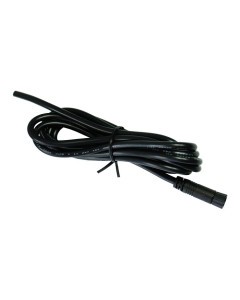
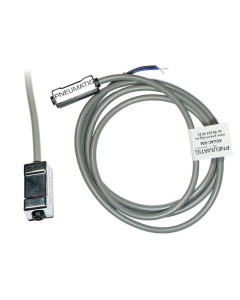
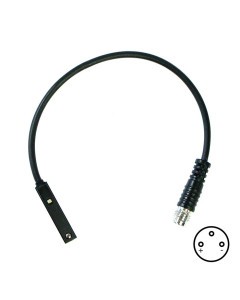
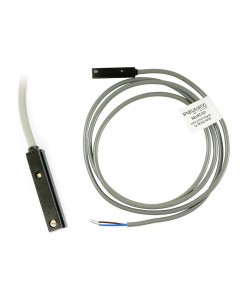
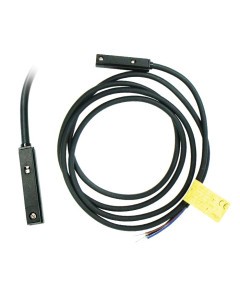

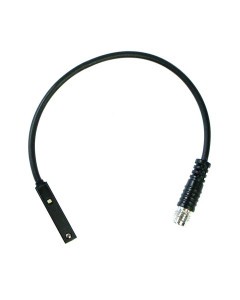
Login and Registration Form